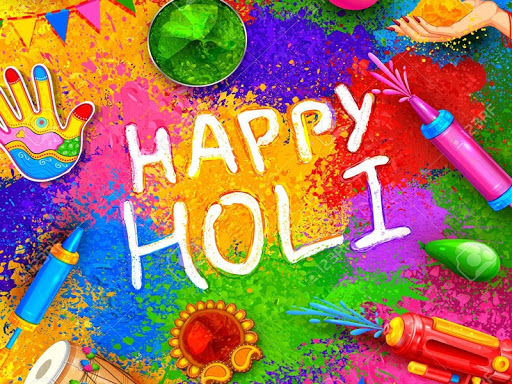Colours Festival of Bollywoodfaces On Holi
It’s the festival of Holi around the corner- a day when colours of all shades fly in the air, leaving behind our given colours of race, class and caste by smearing each other with the colours of festivity and good wishes.
Colours have been a significant part of human civilisation and our every day lives. Cinema- which is also a reflection of our lives- has progressed from black and white to colourful visuals, at times employed very meticulously to foreground a deeper meaning in the film.
Let us look at some of the films where colours were used as strong motifs and symbols.
The Last Colour directed by Vikas Khanna
Set in the town of Varanasi, the film depicts the colourless lives of widows of north India. The protagonist, Noor, played by Neena Gupta is forever clad in a white saree, as per the Hindu custom of widowhood. Her colourless attire is symbolic of her abstinence from absolutely any kind of desires, wishes or emotions. The character of Choti promises to smear Noor with colours on the festival of Holi- a symbolic gesture of befriending Noor, making her a part of society once again. Choti accomplishes her aim years later, but in a figurative manner by advocating for societal norms, i.e., bringing back colour into the lives of socially marginalised.
Gulaab Gang directed by Soumik Sen
The film is based upon the infamous ‘Gulaabi Gang’ – an all women group based in north India fighting social ills such as domestic violence, rape, education for girls, etc. The members of the group wear pink sarees. Pink is commonly considered a feminine colour and hence is used to denote the feminine traits such as delicacy, non-violence and even subjugation. But the women of the gang break such narrow-minded shackles and make the colour pink as their symbol of strength, unity and armed struggle. The film’s climax takes place during Holi celebrations where good triumphs over evil.
Ram Leela directed by Sanjay Leela Bhansali
No one plays with colours on screen better than Bhansali whose every frame is nothing less than a picturesque painting. The introduction scene of the female protagonist itself takes place during the Holi celebrations where amidst all the colours being thrown around, the lead pair points a pistol at each other. This scene itself makes clear the juxtaposing of bright vivid colours with a contrasting tragic tale of two lovers that continues throughout the film.
Saawariya directed by Sanjay Leela Bhansali
Bhansali plays with monotones in this film as every frame is coloured ‘blue’. The film is set in an imaginary dreamland that cannot be located on the geographical map and everything about this town- from Mona Lisa curtains to a clock that moves both clockwise and anti-clockwise- seems mystical. Everything being blue in colour is symbolic of this unrealistic dreaminess. The colour blue also brings a sense of gloominess that is reflected in every character’s story as all of them are shown ‘waiting’ for someone, waiting for their lost love.
Black directed by Sanjay Leela Bhansali
Bhansali’s love for monotone dates back to this one where the colours black and white dominate the film. The colour black denotes the literal blindness of Michelle played by Rani Mukherjee who is visually impaired. But apart from the literal disability, black denotes Michelle’s rift from the outer world. Everything for her was blank and black until Mr Sahai- her teacher, played by the iconic Amitabh Bachchan- fills her with the light of knowledge which can be interpreted through the colour white. No other colour resonates on the screen because it was only through education and knowledge (represented through white) that Michelle could understand the outer world.
Just like these films, let us continue to make ours and others’ lives colourful. Happy Holi!





.png)
Comments
Post a Comment